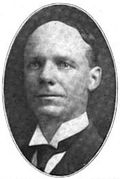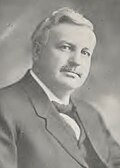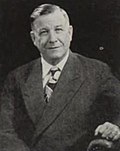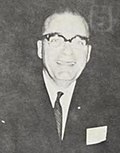| Governor of Montana | |
|---|---|
 | |
 | |
| Government of Montana | |
| Style | The Honorable |
| Residence | Montana Governor's Residence |
| Term length | Four years, renewable once (limited to eight years in a sixteen year period) |
| Constituting instrument | Montana Constitution of 1889 |
| Inaugural holder | Joseph K. Toole |
| Formation | November 8, 1889 |
| Succession | Line of succession |
| Deputy | Lieutenant Governor of Montana |
| Salary | $108,167 (2022) [1] |
| Website | governor |
The governor of Montana is the head of government of Montana [2] and the commander-in-chief of the state's military forces. [3] The governor has a duty to enforce state laws, [2] the power to either approve or veto bills passed by the Montana State Legislature, [4] to convene the legislature at any time, [5] and to grant pardons and reprieves. [6]
Contents
- List of governors
- Territory of Montana
- State of Montana
- Timeline
- See also
- Notes
- References
- External links
Montana has had 24 governors, consisting of 9 Republicans and 15 Democrats. The longest-serving governor was Joseph Toole, who served from 1889 to 1893 and again from 1901 until his resignation in 1908 with 11 years in office. He is the only governor to serve nonconsecutive terms. The shortest-serving governor was Elmer Holt, who served less than 13 months when the previous governor died. The current governor is Republican Greg Gianforte, who took office on January 4, 2021.


































